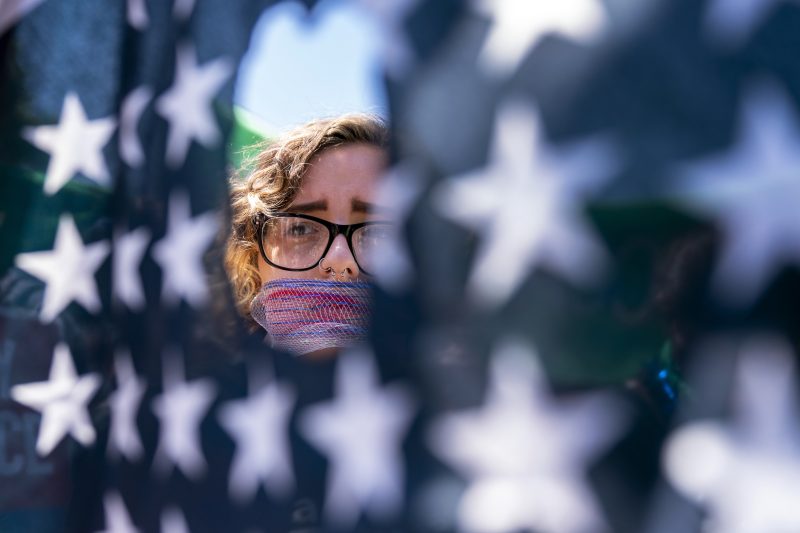In the abstract, the news was not shocking: Gallup polling found that the United States was about evenly split between Democrats and Republicans in 2022. About 45 percent of the country said they were Republicans or independents who tend to vote Republican; a slightly lower percentage said the same about the Democrats.
However unsurprising, the Gallup data does reinforce an underrecognized aspect of American politics. There are far more people who identify as independent but consistently vote for one party or the other than there are people who belong to one party or the other. We are a nation of people who dislike political parties and then vote with them anyway.
Gallup conducts monthly surveys asking people’s political affiliations. If we average those monthly figures (as Gallup does), we can come up with annual figures. Doing so, you see that the 2022 figures indicate an unusual lack of a gap between the parties; usually, there are more Democrats and Democrat-leaning independents than Republicans.
The last time the average in a year had both parties equivalently represented was 2010 and 2011, when Republicans rode a backlash against the election of Barack Obama to a new House majority. That’s the pattern, in fact: Political views tend to track with election results.
If we look at the quarterly polling averages, though, we see that Republicans actually had a significant advantage at the end of 2022. (Elections are indicated with vertical lines on the graph below.) The annual equivalence came despite an unusual GOP dominance at the end of the year — dominance that didn’t translate into electoral success.
But back to the original point. Gallup has consistently found that more Americans identify as independent than as Democrats or Republicans, although most Americans still identify as members of one of the two parties.
But most of those independents report that they vote with one of the parties or the other, anyway. About 1 in 5 independents are true independents, not voting consistently with one party or the other. The rest all align with one of the parties.
Those leaners, as the vernacular has it, have increased as a percentage of Americans over time. In 2004, about a quarter of Americans reported being independent leaners, more of them aligning with Democrats than Republicans. In 2022, more than a third fell into that category.
Fewer than 3 in 10 Americans, meanwhile, said they belonged to the Democratic Party, the same percentage as said they belonged to the Republican Party.
A significant part of this is that independents don’t really like either party. As you might expect, members of either political party don’t really like the opposing party. But independents, on net, don’t really like either party.
This is a central aspect of American politics in the moment: dislike for the parties but voting with them anyway — often out of irritation at the opposing party. It’s why the Forward Party (remember the Forward Party?) is struggling to get traction. The party lacks a robust platform, and there simply aren’t as many true independents as a successful “third” party would be likely to need.
Americans would, instead, prefer to be independents who consistently vote against one of the two parties. To be partisans without the party.

